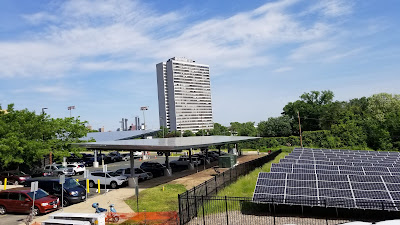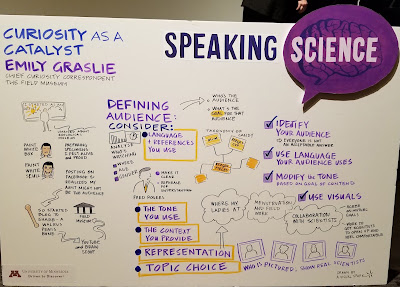Botrytis spp. growing on blueberries left in a refrigerator - N. Carlson
As I came back from Christmas break, I found some left over blueberries in the refrigerator at work. A few of the blueberries had fungal growth. Upon microscopic examination at 400x it turned out to be Botrytis spp. The name originates from the Greek term botrys which means grape. It is combined with the Latin itis which means disease (ref: wikipedia Botrytis etymology). This is an excellent name as under the microscope the conidia are clustered like grapes on the conidiophore.
Photomicrograph of conidia and condiophore of Botrytis spp. 400x N. Carlson
Conidiophore showing the attachment points for conidia of Botrytis spp. - 400x N. Carlson



























